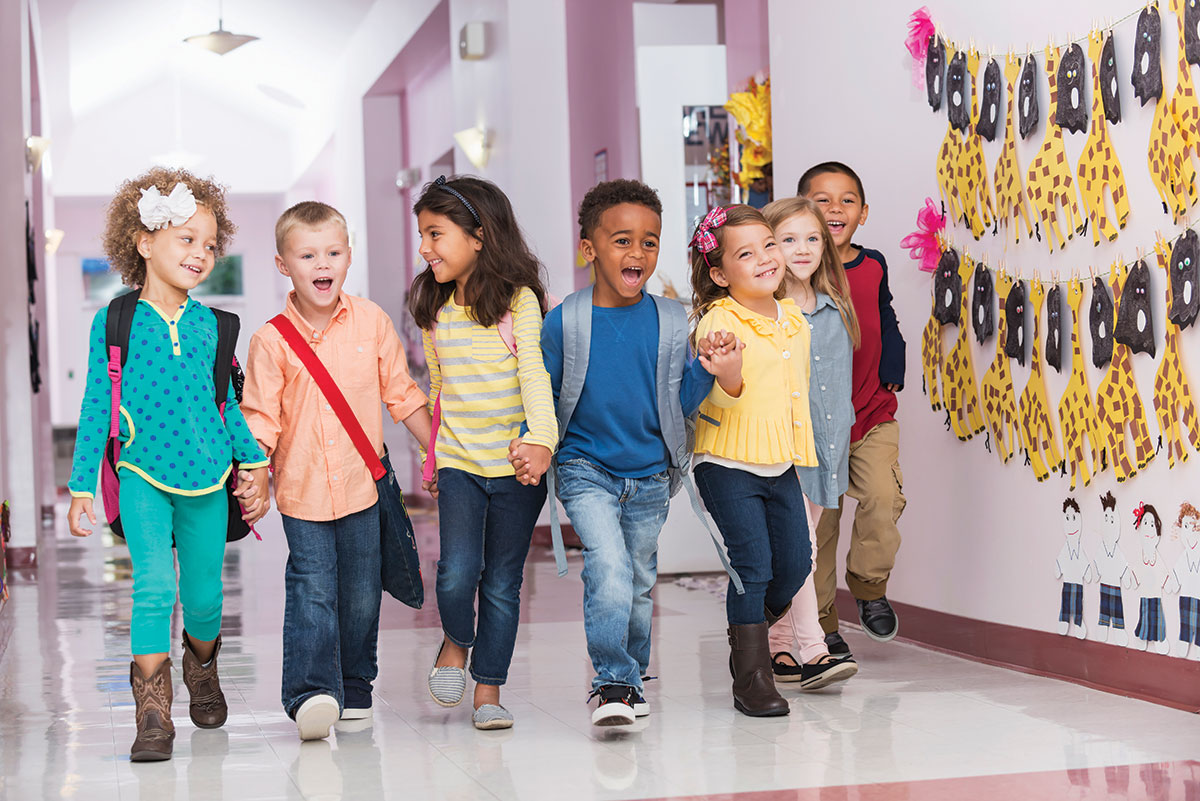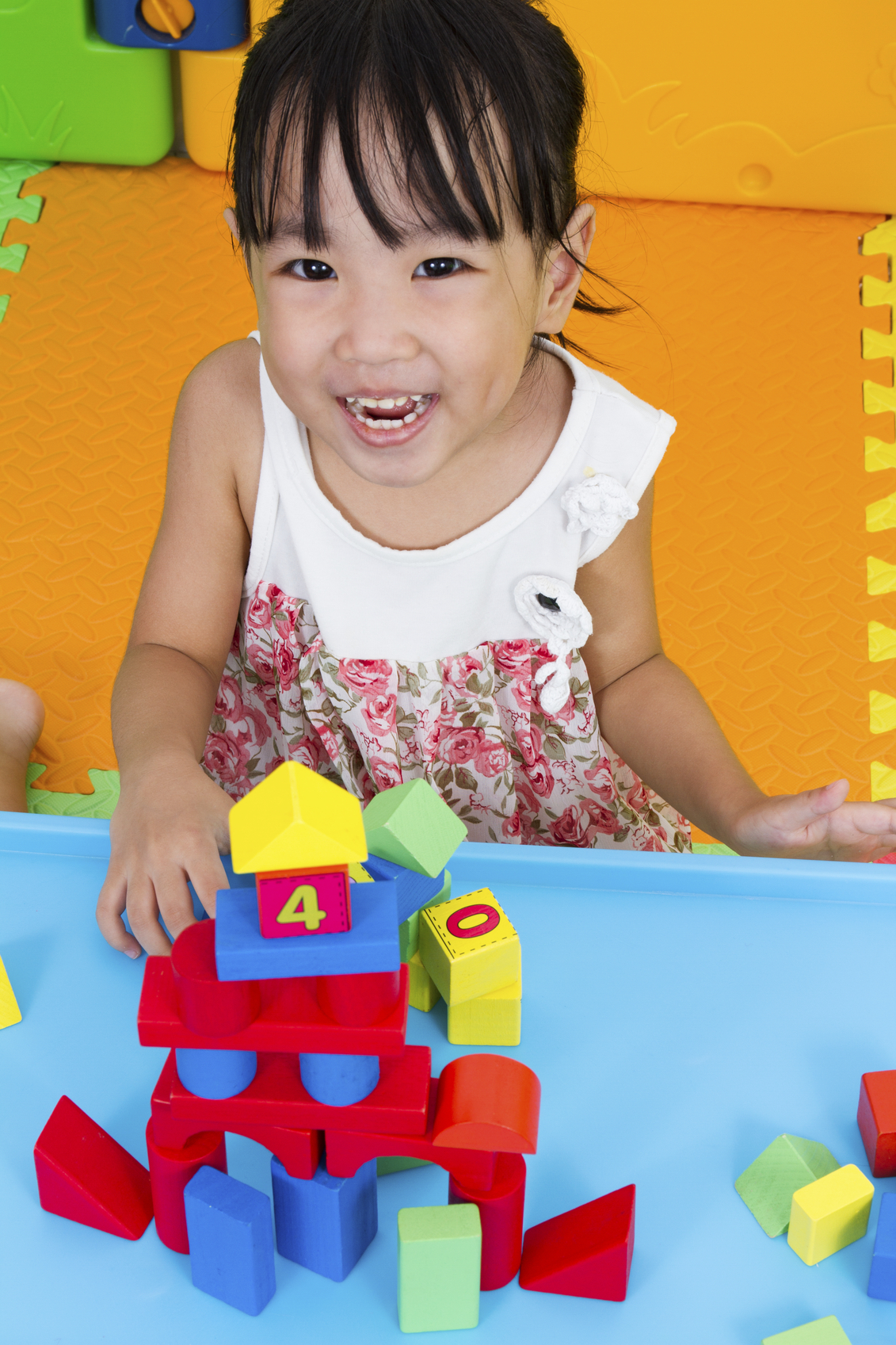
Next fall, 600 of Washington state’s littlest learners will get the chance to attend a school customized for their bodies and brains.
Mulkiteo’s class of 2030 will be the first group of kindergartners to enjoy a brand-new school designed on a small scale and made possible by a big vision. There will be heated floors to take the edge off chilly story times, color-coded classrooms, family-style dining areas with food delivered via carts, and pint-sized restroom facilities.
The 65,000-square-foot, as yet unnamed school is being built on the site of the former Fairmount Elementary School.
“When we were designing it, we got down on our knees and looked at the world through a 5-year-old’s lens,” says Heather Craggs, a teacher mentor who taught kindergarten for 21 years. “We kept that perspective throughout the design process.”
Craggs is a member of a group of teachers, parents and administrators who all collaborated on the design of the new building for kindergartners, who “are like little sponges and are naturally egocentric,” she says.
The main idea was to create four smaller pods within the building. The new school will draw from five to six home schools. Students from each school will be grouped together so they can keep friendship continuity as they make the transition into other schools for first grade.
“The intent is to try and keep the kids together,” says Craggs.
Without a central cafeteria, dining will be family style to encourage conversation and sharing. Food will be delivered by carts for those who buy lunch. For example, if spaghetti is on the menu for the day, the students will dish up and pass the food around to each other.
An entire school dedicated to one age group allows teachers and administrators to focus on specific learning goals and literacy issues, explain supporters of the growing trend.
But in Mukilteo, it was overcrowding, rather than kindergarten togetherness, that prompted the idea for the new school.
In order to offer all-day kindergarten, the district needed to double its number of kindergarten classrooms. A bond passed in 2014 will fund the new $33.5 million center.
Overcrowded districts around the country are looking for ways to not only free up space, but also improve education.
Craggs said there has been a lot of national interest in the new center.
In fact, the district was invited to give a presentation on the new school at the National School Boards Association’s annual convention in Boston this spring.

Proven model elsewhere
While Mukilteo’s all-kindergarten center is still unusual in this region, there are other schools around the country that have adapted the model of single-grade schools.
High enrollment numbers and overcrowding prompted the Upper Darby School District in Pennsylvania, an early adopter, to implement an all-kindergarten program in 1997.
The program has proven to have many benefits, says Dana Spino, manager of media services for the district.
“There is a single focus throughout the building,” which has a heavy emphasis on preliteracy, math and writing skills, she says. “That promotes success.”
A less tangible benefit appears in the development of community within a large district.
The 12,000-student district boasts 14 schools in 8.5 square miles. Often, the kindergarten center is the only opportunity children have to meet friends early in life before dispersing to their neighborhood schools around the district. Later, when in high school, the children merge again and become reacquainted with old friends.
Is it right for all kids?
As more Puget Sound–area school districts experience capacity issues, dividing the traditional elementary school into schools of fewer grades could become a more common solution. But is it ultimately a win for kids?
“Assuming that the vision and leadership for the school are effective and on target, there is the opportunity to ensure that all kindergartens receive a high-quality, developmentally appropriate and rigorous learning opportunity,” says Kristie Kauerz, research assistant professor in the college of education at the University of Washington, of the potential for K-only schools.
On the other hand, adding transitions for children, such as when they move to a new building after kindergarten, must be done with care.
“I would want to know what kind of systemic strategies are in place to ensure that there is continuity across the age and grade levels, not just for the children, but also for the teachers, school administrators and families,” Kauerz says.
Spino acknowledges that is a challenge at their Pennsylvania school.
“It is easier for a student to transition from kindergarten to first grade if they are in the same building,” she says.
Despite the growth of technology, it’s still simpler for teachers to share information about students if the teachers are in the same building. “It makes it more difficult for first-grade teachers to be fully aware of the strengths and needs of students transitioning from the kindergarten center,” Spino says.
The logistics of transportation and busing can also be an issue.
In Oregon’s David Douglas School District near Portland, a kindergarten-only school served as a short-term solution to overcrowding until a 2012 bond measure funded more classrooms.
There were many positives to having all the kindergartners in one place, says Dan McCue, communications manager for the district. But there were also plenty of drawbacks, especially transportation.
“They were losing significant instructional time at either end of the day,” he says.
Not all kindergartners attended the kindergarten center. In fact, there was a lottery in place that allowed some kindergartners to attend their home school.
“On average, most parents wanted their child to stay in their home school for a variety of reasons: convenience, more instructional time, siblings in the same building and continuity going into first grade,” McCue says.
The Upper Darby all-kindergarten model has existed for 19 years, but the district is always considering making appropriate changes if necessary.
“Truthfully, we are constantly assessing the benefits of a kindergarten center versus kindergarten in home schools to best meet the needs of our students and families,” Spino says.











